Making art out of wildlife
What do a printmaker, a photographer and painters have in common? They’re all inspired by WWT sites.
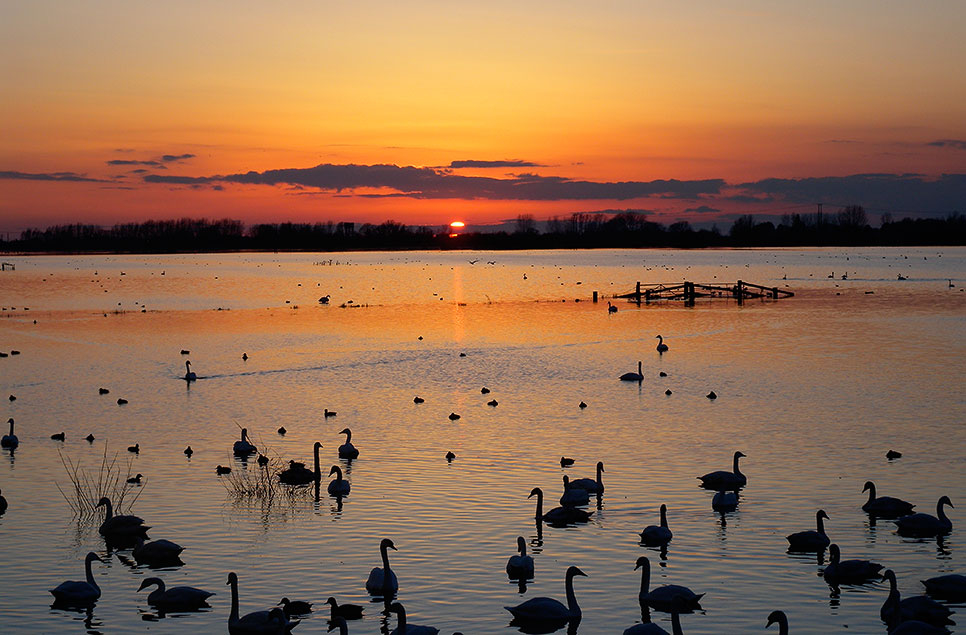
What do a printmaker, a photographer and painters have in common? They’re all inspired by WWT sites.
The Decline of Eels
How did artist-printmaker Julia Manning respond to a project called ‘Somerset’s Brilliant Coast’?
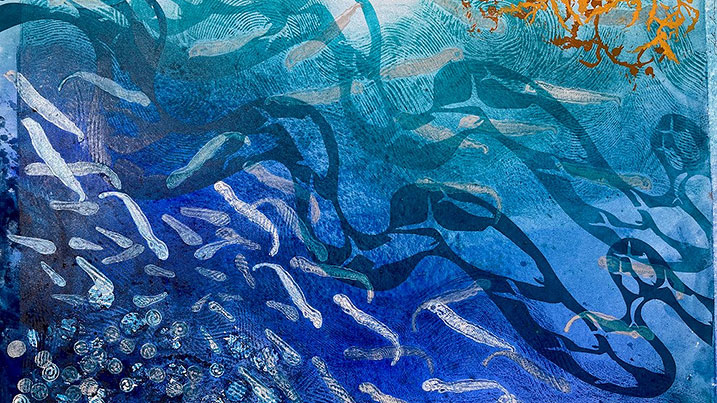
I was wondering what aspect of our Somerset Coast could inspire me when biologist Andy Don came to buy a print at my studio: “You know, you should really do an eel print – they are such interesting animals and a great barometer for the wider environment”.
Having lived close to the River Parrett in the early 80s I knew a bit about eels, but I had no idea of the amazing story of this fish. Andy is an international eel expert and he gave me my subject and became my mentor
I read all I could and started to look with new vision at my local environment of the Somerset Levels, including Steart Marshes, the rivers heading out into the estuary of Bridgwater Bay and the Bristol Channel.
I could not believe that the dramatic saga of eels unfolded annually on my doorstep. I felt compelled to tell their story in print to make an audience aware of what we may be losing due to man-made structures, such as weirs and dams, pumping stations, hydropower plants, and Hinkley Point power station. Then there is climate change, altering the way that the ocean currents operate, as well as novel parasites, and the ubiquitous issue of plastics.
Lockdown gave me the opportunity to experiment with the printmaking to create in print my interpretation of the eel story happening in real time, month by month, in my local rivers and coastline. I walked with a sketch book, I tried to capture the colours of the environment, the time of year when they were migrating and the places through which they passed.
I used different woods and lino blocks and printed from anything I could find. I experimented with stencils and in fact anything I could get through the press. I had such fun!
Wanted: volunteer photographer
What happened when Ian Henderson read a plea for help from Washington Wetland Centre?
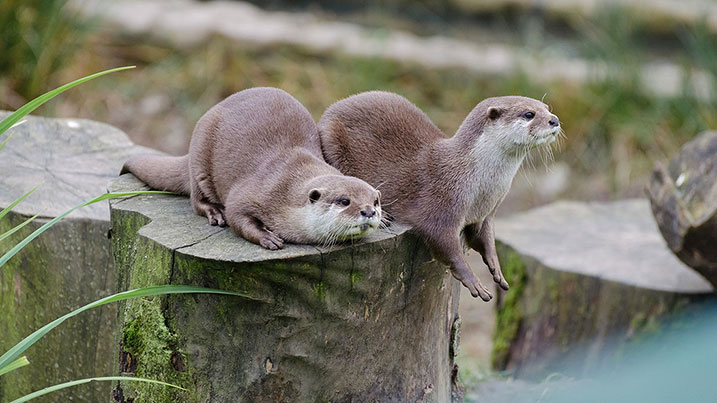
I took partial retirement from the Civil Service just over six years ago, which gave me an “extra” two days a week to enjoy and put to good use. A close friend had spotted an advert on social media for a volunteer photographer at WWT Washington and knowing my love for the great outdoors and photography, suggested I apply. I applied, was successful and the rest is history.
Some of the asks are quite challenging. I was recently furnished with a list of flora and fauna with highly unusual names and asked to take photos of each. Scrambled egg slime, robin’s pin cushion and old lady moth, to name just a few. I actually managed to find some, thanks to the knowledge and help from the team.
My rewards are many but the main ones are having access to the wonderful reserve, plus encounters with colleagues and visitors. One particular event stands out in particular and that was doing a photo shoot with Sacha Dench prior to her epic expedition to the Russian tundra. Great fun to do and what a privilege!
Other highlights have been seeing my photos in WWT products. Not just in two annual calendars and a poster on all of the Tyneside Metro rolling stock, but on social media posts and materials around the reserve. My favourite is a poster of my daughter, Emily, who is also a volunteer. It’s a shot of her in WWT uniform holding a downy duckling at one of the events she worked on. It graces the wall in the corridor outside the café and I pass it with pride on every visit. As they say “Nowt like keeping it in the family”!
I hope to be able to carry on for a good while yet as my volunteering role brings me so much joy and fulfilment. I hope that in some small way I am giving some of that back.
Putting her skills to good use
Pat Galligan has returned to her first loves of art and wildlife to benefit a local school and the London Wetland Centre.
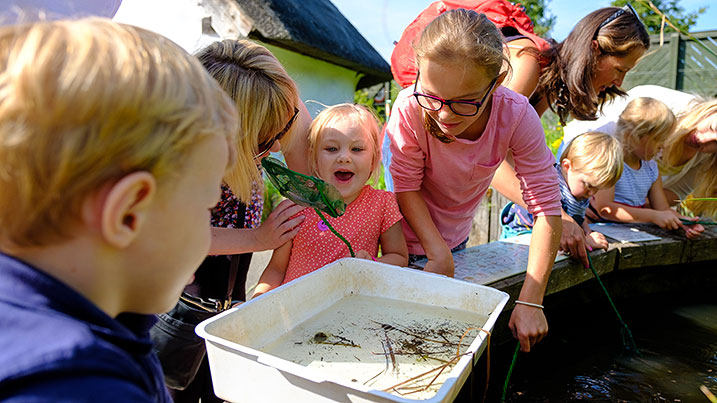
Growing up in Madrid, I collected WWF stickers about endangered animals from around the world! It was the first ever sticker book I completed and it was my pride and joy. I entered an animal art competition and won a golden panda medal (The WWF panda logo). I discovered photography as a GCSE student and later studied Zoology at University of London and did foundation studies in Art & Design. I thought I was different because I liked natural history, photography and I also liked being creative.
After working for the NHS for 12 years, in March 2018, I started volunteering as a Schools Facilitator at WWT London Wetland Centre, welcoming schools and supporting school visits. It was then when I realised that it was perfectly wonderful to be so multifaceted, as Sir Peter Scott was, creator of the WWF panda logo. I felt I had discovered a haven in the heart of London.
I have helped with corporate volunteering days, bat walks and all sorts of fun informal learning sessions like Lego workshops, pond-dipping and building hides. I have taken inspiration from the Learning, Engagement and Grounds teams and discovered a stronger connection with nature, conservation of wetlands and wildlife. I’m a wildlife artist, illustrator, wildlife photographer and outdoor educator.
I recently started a job in outdoor learning in a local school thanks to volunteering with WWT, sharing my love and passion for nature and wildlife. So thank you Sir Peter, for what you started, protecting endangered species and creating wonderful wetlands. I hope to add my little bit by helping to inspire future generations…
My mum the painter
Sarah Caulfield writes about the place that inspired a new-found passion in her mother.
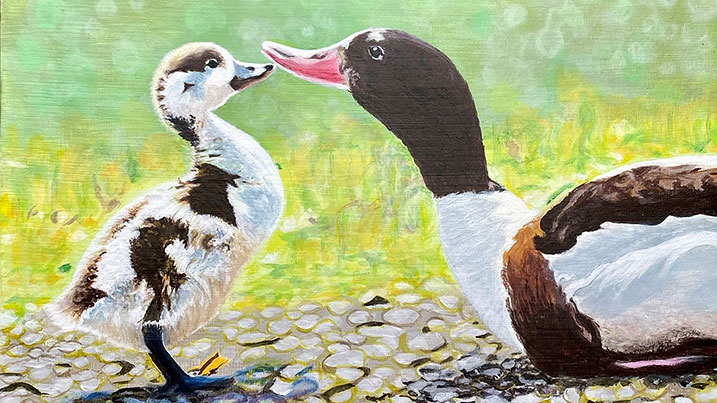
Mum has been visiting Slimbridge since 2007, really loving her days out, whatever the weather. She started visiting with her sister, and then her daughter (me!) and her grandchildren quickly started tagging along as her love for Slimbridge spread to us.
She cares so much about conservation, endangered species and wildlife in general, and tries very hard to do her best with a little wildlife pond that she dug in her front garden. A lot of her creative inspiration comes from her garden, where she tends various little ecosystems, with lots of wild visitors – dragonflies, damselflies, water striders, water boatmen, frogs, toads and newts. Most of her plants are pollinators, chosen for the bees. She puts food out for the hedgehogs and foxes too, and has night vision cameras to enjoy their visits.
Slimbridge has been very good for her well-being, such a great creative input for her love of nature and being part of conservation together, rather than on your own. Nature and birds bring a big connection to other family members for mum, those who share or have shared that love.
We have greatly increased our visits over the last two years. Mum bought a family membership package as her grandchildren love going so much; they are mad about the ducks, mallards in particular and the nenes are also firm favourites. We’re sure the children would take one or two home if they could!
The pandemic was a challenge for everyone but mum felt that Slimbridge shone through as it was the one place that we felt safe to meet up, and at a place doing so much good for Mother Earth – it really is a gem.
For mum, the wetlands are special and magical. She thinks the work that WWT does is outstanding and we always see or learn something new every time we come. We go home feeling connected and part of something special. I know that that’s a great source of strength for her adventure into painting, as she’s not done it for long. Having another creative outlet and using the wildlife at Slimbridge as her inspiration has been so valuable and you can see that beauty and love in her paintings.



